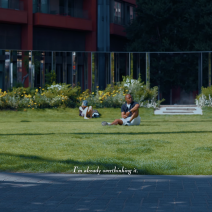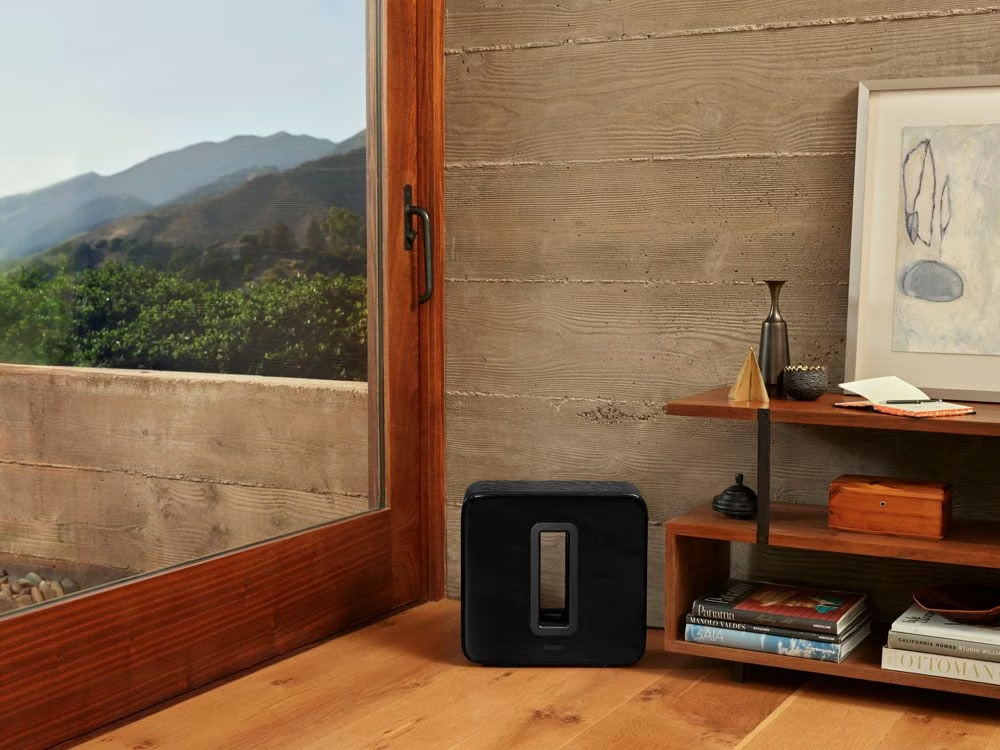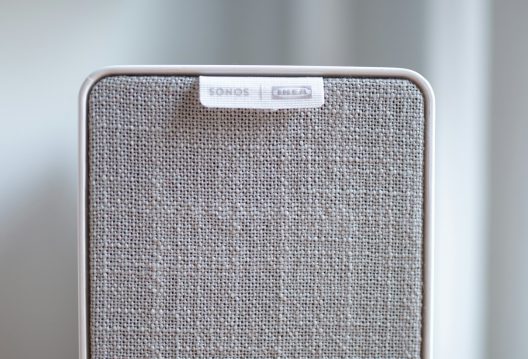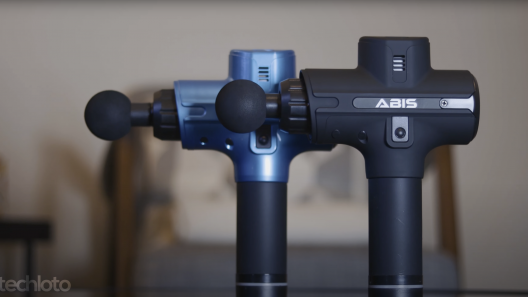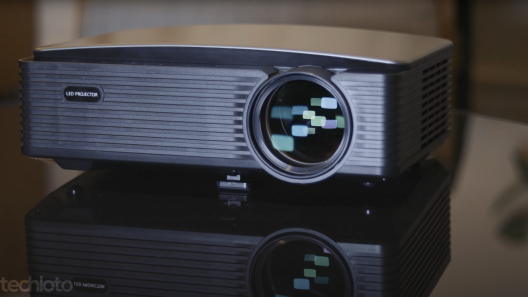Hi, I’m Lionel from Techloto. I’ll keep it simple: if you’re building a Sonos surround setup, the Sonos Sub isn’t a luxury add-on. It’s the missing piece.
I’ve run a few combinations over the years—Beam (Gen 1) up front, Play:3s as surrounds, plus a pair of SYMFONISK speakers doing light fill in a medium-sized living room. Calibrated with Trueplay, tidy placement, angles tweaked so I don’t blast the sofa. It sounded good. Like, really good.
Then I added a Sub.
Different league.
What a Sub Actually Does (and why your beam/surrounds will thank you)
A lot of folks think subs are just about “more bass.” Not quite. A subwoofer takes low-frequency work (the deep stuff) away from your other speakers. That matters because soundbars and surrounds can struggle down low. When you hand those duties to the Sub:
- Your Beam/Arc/Playbar gets to focus on mids and highs—dialogue, detail, texture.
- Your surrounds stop pretending they’re mini-subwoofers and start doing surround properly.
- The whole system breathes. Less distortion. More headroom. Cleaner sound at every volume.
Result? Tighter kick drums, fuller basslines, weighty movie impacts—without that muddy rumble or cabinet rattle. Sonos’s enclosure is rigid, so even when you push it, it stays composed. No buzzing panels. No loose change noise.
You know what? You don’t realise what you’re missing until you toggle the Sub off. Then it’s like someone pulled the floorboards out from under your mix.
Movies vs Music: Who benefits more?
Short answer: both. Longer answer:
Movies & TV
Explosions feel physical, sure, but the real gain is clarity. Because the Sub handles the lows, the center channel isn’t fighting for air. You get crisper dialogue during action scenes and more precise effects in the rear channels. Car chases, thunder, sci-fi flyovers—they gain scale without turning into mush.
Music
If you’ve only ever streamed through a soundbar, the Sub will make you grin. Bass guitars separate from kick drums. 808s stop smearing into vocals. Even acoustic tracks benefit; you hear the body of instruments, not just the strings. You’re not cranking volume to “feel” the track—the feel is already there.
And yes, Play:5/Five owners can go loud without a Sub. But add one and the whole presentation relaxes. Everything sounds effortless.
“But I live in a flat…” (and other volume worries)
Totally fair. Deep bass carries. The good news: Sonos gives you fine control.
- Trueplay tames room boom.
- You can trim Sub level per room and per content type.
- Night mode and loudness adjustments help after hours.
Used with some restraint, you’ll feel the impact without rattling your neighbour’s picture frames.
My living-room setup (and why placement matters less than you think)
- Front: Sonos Beam (Gen 1)
- Surrounds: Two Play:3s (angled to avoid the sofa blast zone)
- Extra fill: Two SYMFONISK (optional, not essential)
- Bass: Sonos Sub (Gen 2 in my case)
Trueplay did the heavy lifting. With the Sub in play, I could aim the surrounds for envelopment, not low-end duty. The soundstage snapped into place—dialogue center-locked, effects wrapping the room, bass landing with intent.
The “switch test” you should try
If you’re on the fence, borrow a Sub or buy from somewhere with returns and do this:
- Run Trueplay with the Sub connected.
- Play a familiar movie scene and a few tracks you know.
- Toggle the Sub off, then on.
- Listen for articulation at low volumes and control at medium ones.
What most people notice:
- With Sub off: you raise volume to feel things. The midrange gets shouty.
- With Sub on: you hear more at lower volume. Detail returns. The room fills evenly.
That’s the giveaway.
Which Sub should you buy?
- Refurb from Sonos is a smart move—same warranty, lower price.
- Gen 2 vs Gen 3: both are excellent. If budget matters, Gen 2 is still a beast.
- Buying used? Stick to newer generations and avoid anything with “mystery hums.”
You don’t need two Subs unless your room is large or you want reference-level cinema. For most living rooms, one Sub is the sweet spot.
Common objections (and quick replies)
- “My room’s small.” The Sub runs at low levels beautifully. It’s not about loud—it’s about filling in the bottom.
- “I only watch TV, not blockbusters.” News themes, sports atmos, live gigs—everything gains body and presence.
- “Music is my main thing.” Then you’ll notice the biggest difference. Rhythm locks in. Grooves land.
Verdict: If you have Sonos surround, the Sub is a yes
If you’re building a surround system, the Sonos Sub isn’t just a treat—it’s the foundation. It lifts the entire system: cleaner mids, smoother highs, real bass, and less strain everywhere. Once you hear it, it’s very hard to go back.
If budget’s tight, stagger the purchase: get your front stage right, add surrounds later, then add the Sub. But make the Sub part of the plan. It changes the experience from “sounds good” to sounds complete.
Bottom line: For movies and music, the Sub turns a capable Sonos setup into a system you’ll stop tweaking and simply enjoy. And that’s the point, isn’t it?

